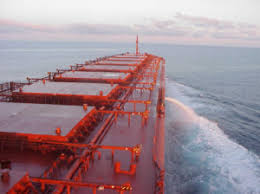
Stopping Ballast Water
More than 185 aquatic invasive species have entered the Great Lakes, including zebra mussels and quagga mussels.

More than 185 aquatic invasive species have entered the Great Lakes, including zebra mussels and quagga mussels.
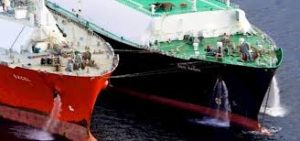
Commercial ships transport oil, iron ore, grain, and other cargo to ports worldwide. Most of these ships have large steel tanks, called ballast tanks, located along the sides and bottoms of their hulls. The ballast tanks contain seawater, or ballast water, which is pumped into or discharged from the ship during cargo transfer, usually in harbors and nearshore waters.
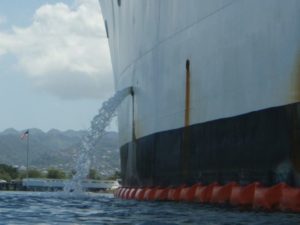
Ballast water is one of the top two means of non-native species transfer throughout the world.
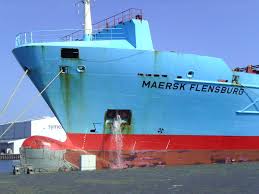
Ballast water has been an integral component of the ship’s stability since the steel-hulled vessels have been introduced.

Ballast loading is necessary to stabilize ships at sea. To this end, water is collected in special ballast tanks before departure from the port. This reduces the load on the hull, provides lateral stability, improves propulsion and maneuverability and compensates for weight changes at different load levels and due to fuel and water consumption. Large tankers can carry in excess of 200,000 m3 of ballast water. When pumping up ballast water, local marine organisms will inevitably also be included and probably also some sediment with adsorbed marine organisms.

Ballast water is water taken on board by vessels to maintain stability and trim. Ballast water can contain thousands of aquatic microbes, plants and animals, which can be spread across the globe as the vessel releases ballast water.
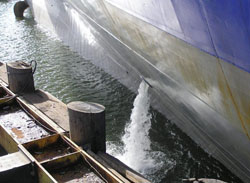
The discharge of ballast water, used to provide vessel stability, may introduce aquatic non-indigenous species into Oregon waterways, potentially resulting in ecological damage, economic costs and/or human health concerns
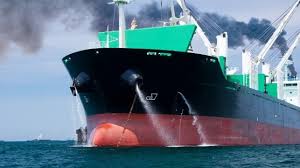
The U.S. Environmental Protection Agency (EPA) is publishing for public comment a proposed rule under the Vessel Incidental Discharge Act that would establish national standards of performance for marine pollution

under the Nonindigenous Aquatic Nuisance Prevention and Control Act of 1990, as amended by the National Invasive Species Act of 1996 (NISA) (16 U.S.C. §4711) and through the Environmental Protection Agency’s (EPA) Vessel General Permit program, issued under the Federal Water Pollution Control Act(33 U.S.C.§1342).
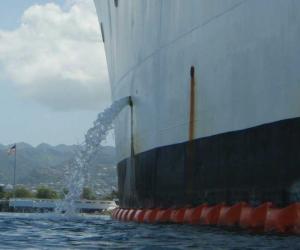
Ballast water is one of the major pathways for the introduction of nonindigenous marine species.